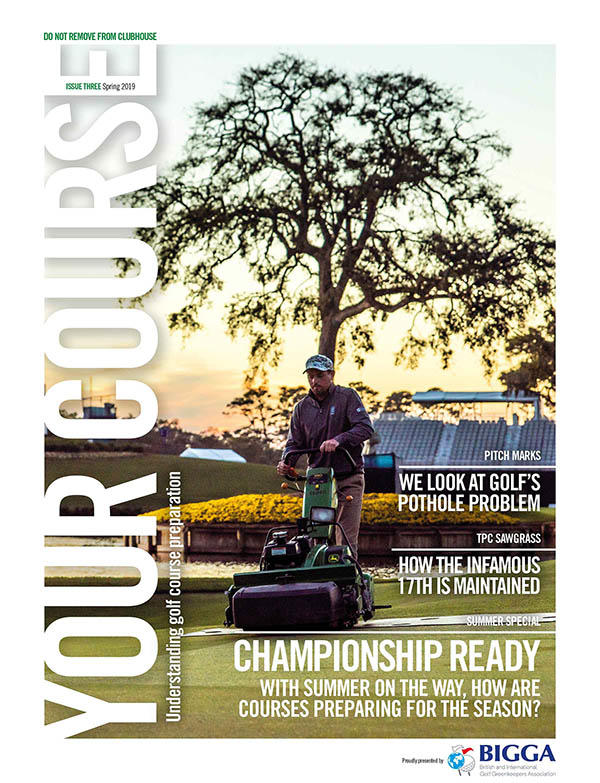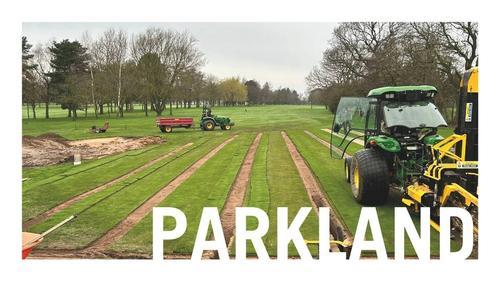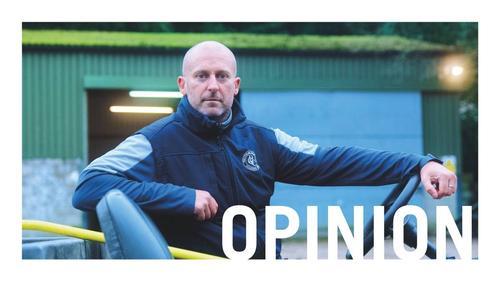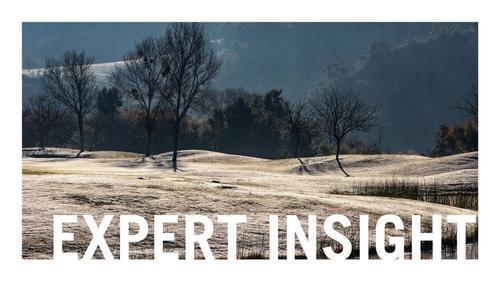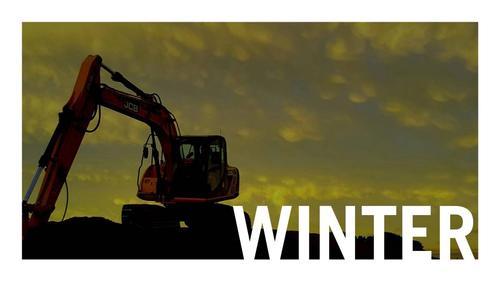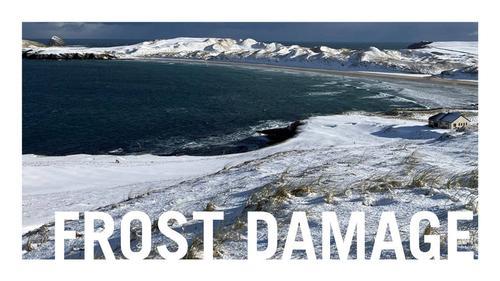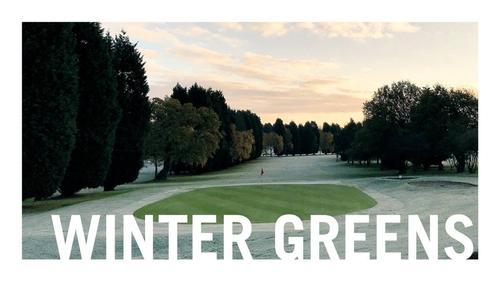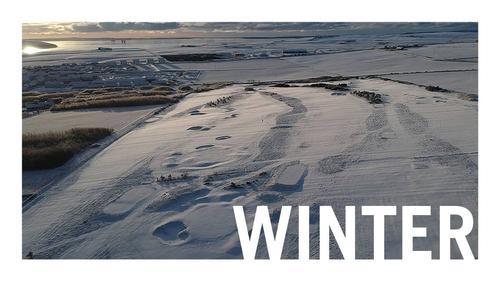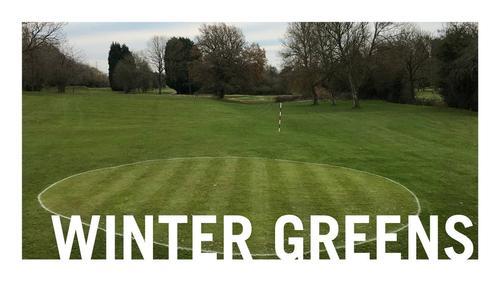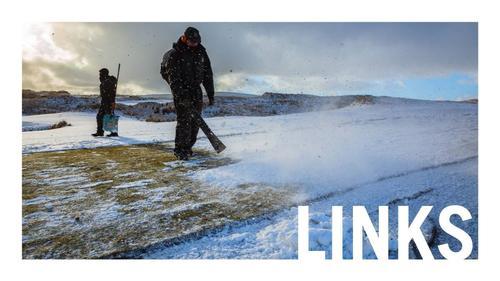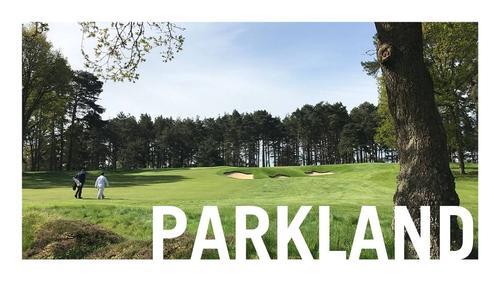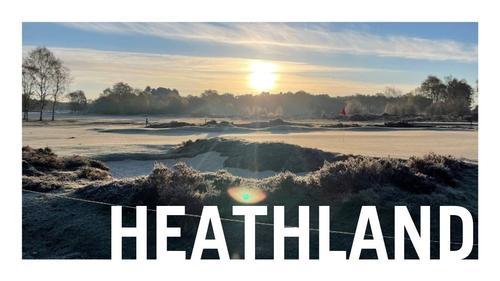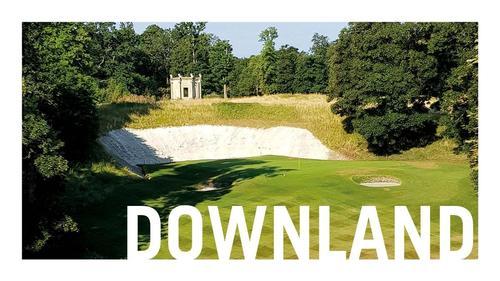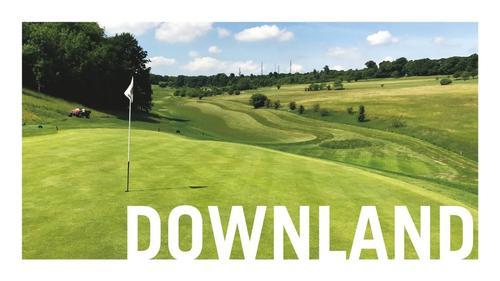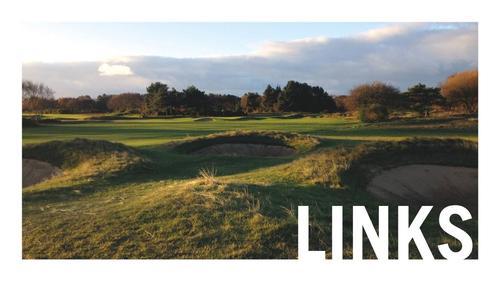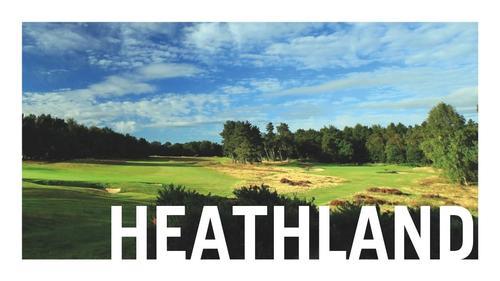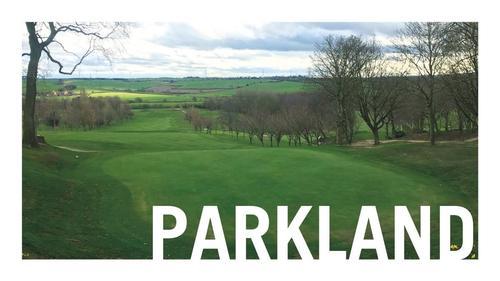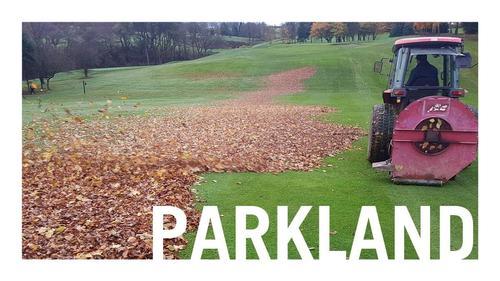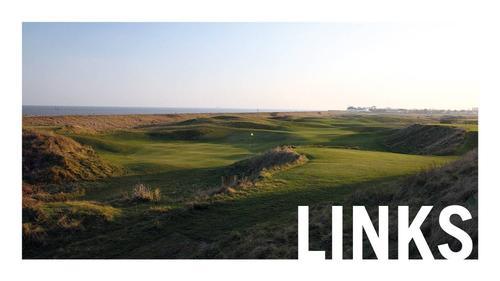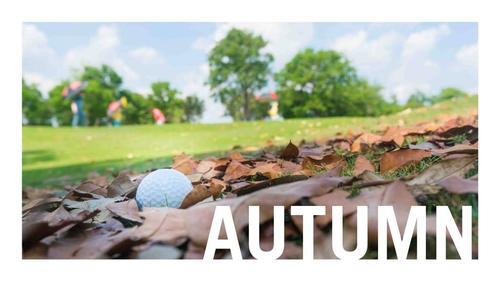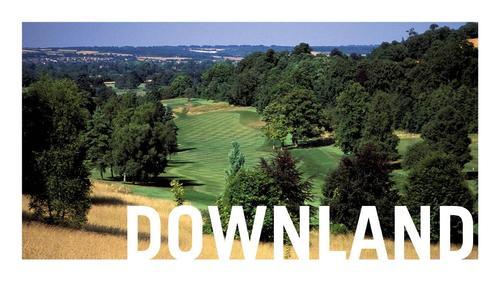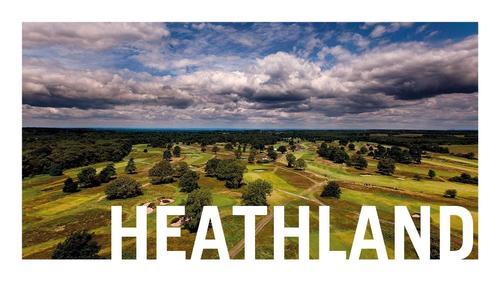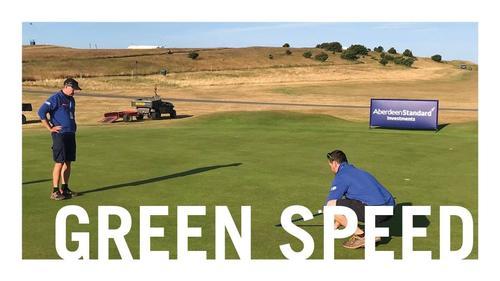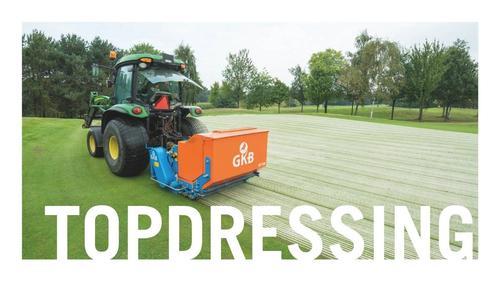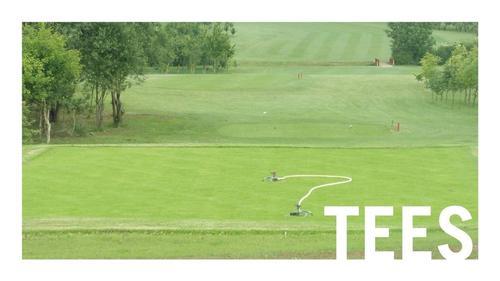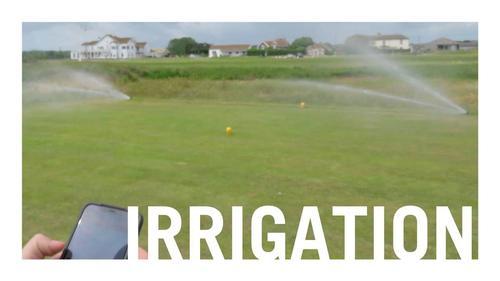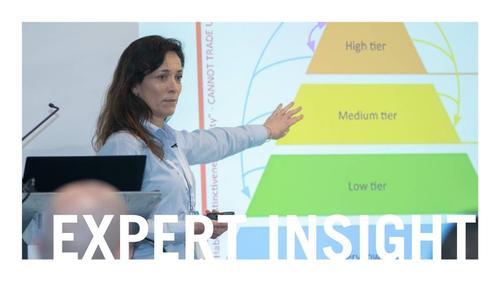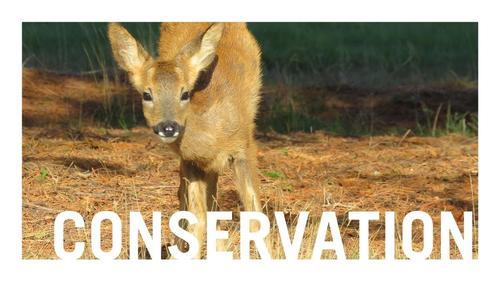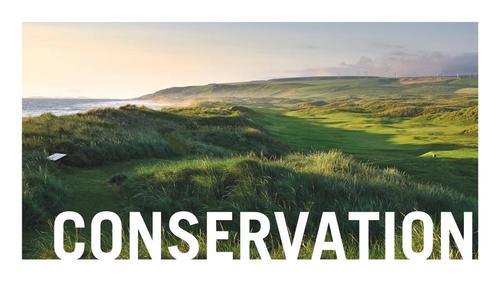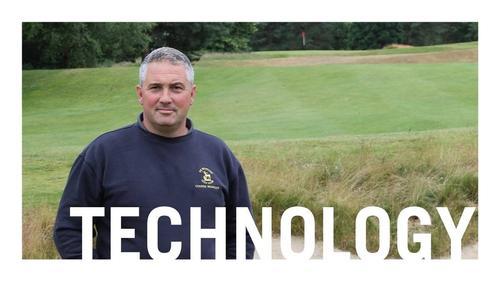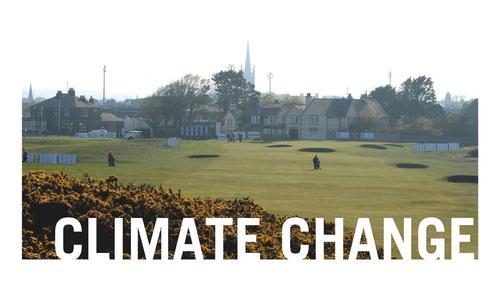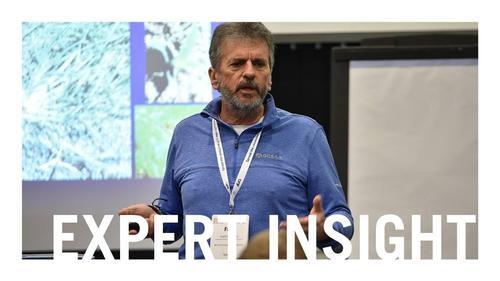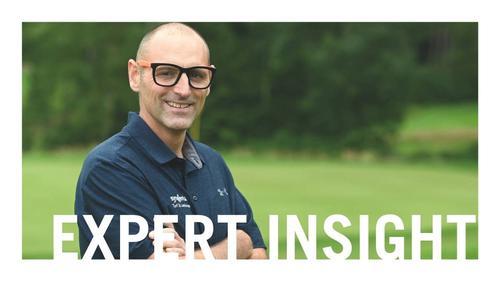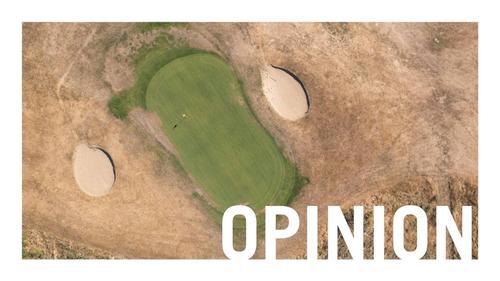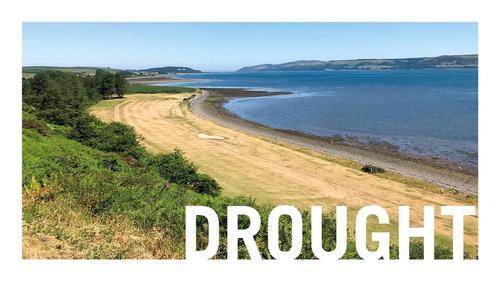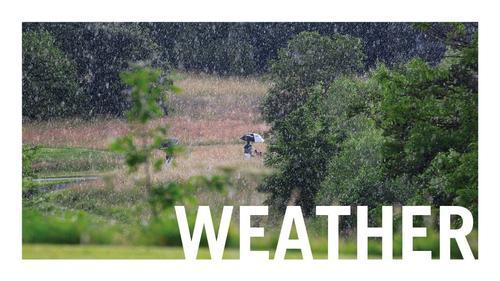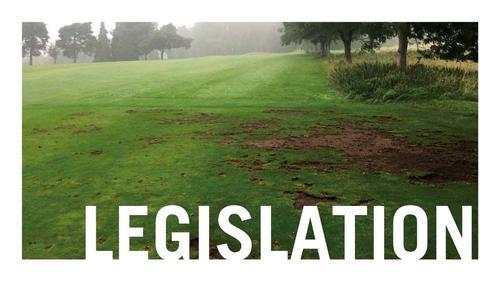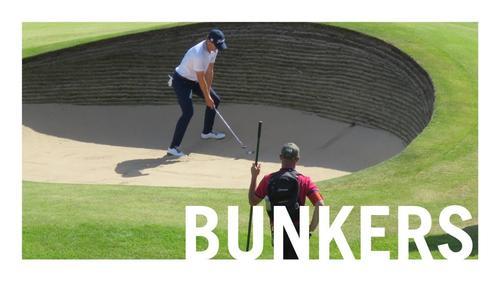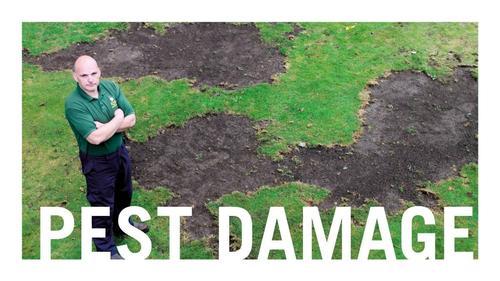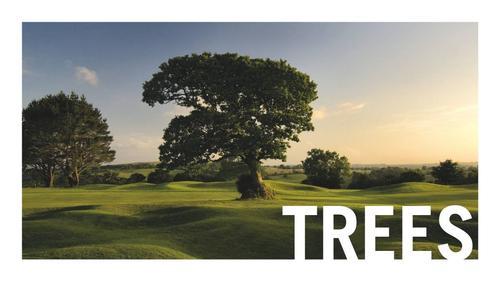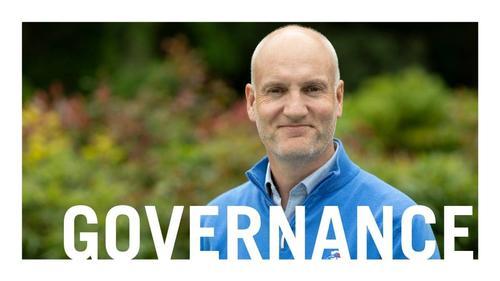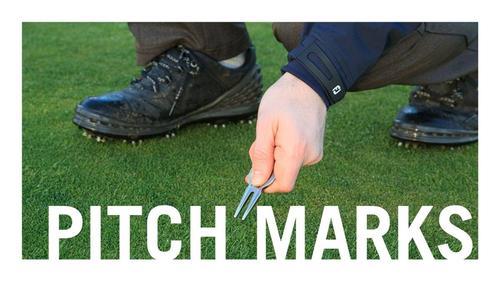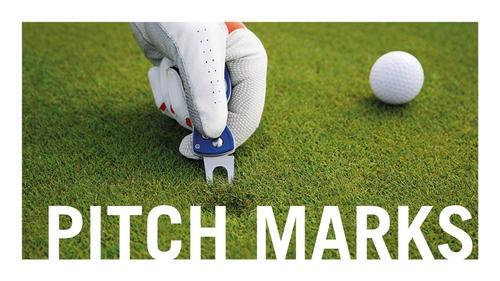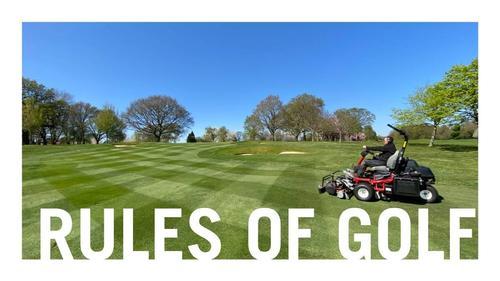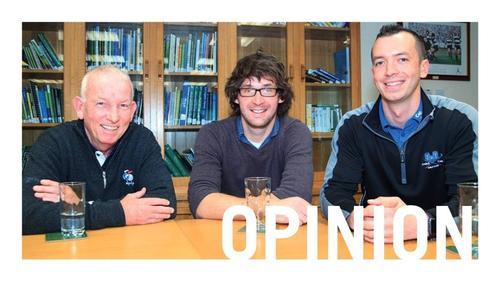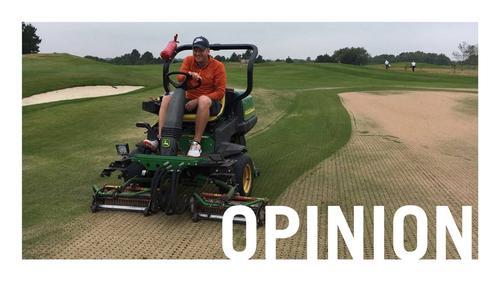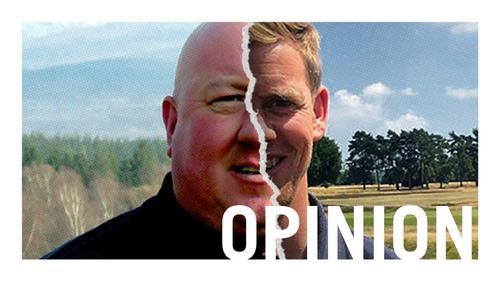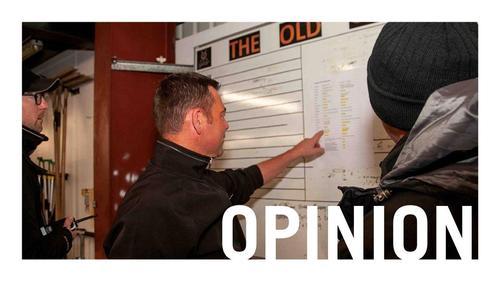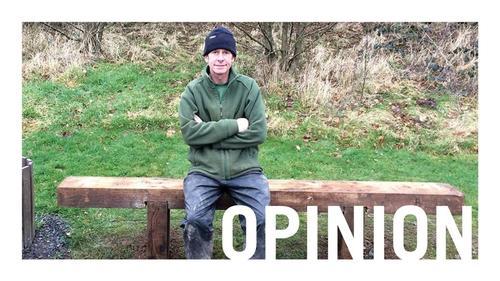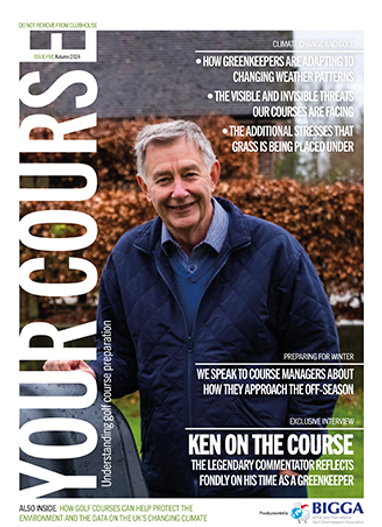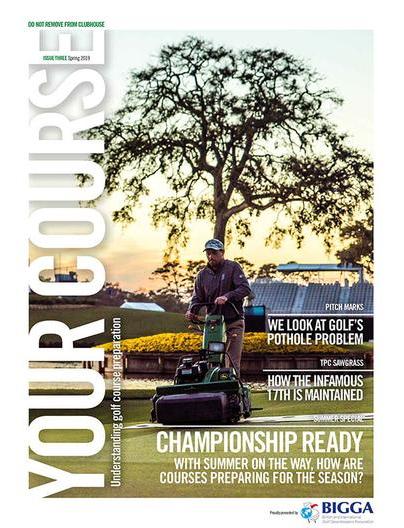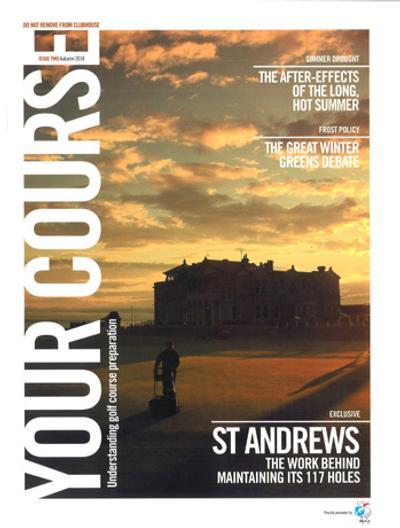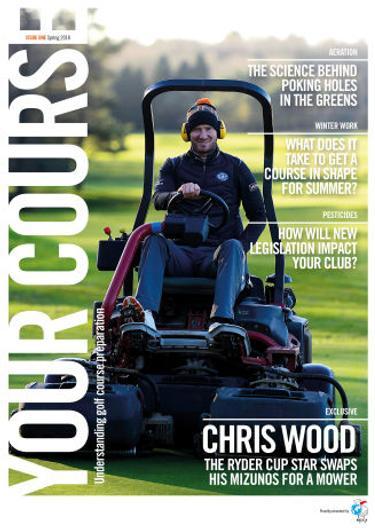Greenkeeping is the backbone of every golf course, shaping the fairways, greens and hazards that make your round enjoyable. But while golfers admire the beauty and challenge of a course, few realise the dedication and expertise that go into maintaining it.
Greenkeeping professionals work hard to ensure the turf is healthy, the greens are fast and the bunkers are in top notch. Their work requires a deep understanding of agronomy, weather and course design.
Alongside the Your Course magazine that you can find in your clubhouse, this page will give you a glimpse into the hard work that takes place behind the scenes at your golf club, highlighting the essential role of greenkeepers in the game of golf.
Expand the drop downs to find out more
Seasonal course management
Winter maintenance
Strategies for maintaining course health during the off-season
Greens and turf management
Equipment and technology
Golf course maintenance equipment essentials
A guide to essential machinery and tools
Environmental and safety concerns
Industry and professional insights
Increased play and course impact
Managing the effects of increased player traffic on course conditions
Projects and developments
Undertaking major projects
Managing large-scale projects such as renovations or expansions
Golf industry and public interest
Greenkeepers answer your questions
Common queries adressed by experienced greenkeepers
Greenkeepers' glossary
Dictionary of useful terms
Agronomist
Experts who help maintain the health and quality of the course’s turf. Agronomists advise greenkeepers on the best practices for managing grass, soil and environmental conditions to ensure greens, fairways and rough are in top shape. Agronomists study the course’s grass types, soil health, drainage and disease risks, providing recommendations on things like fertilisation, irrigation, aeration and pest control. Their goal is to create a playing surface that is both healthy and consistent, ensuring the course remains playable, resilient and enjoyable for golfers throughout the year.
Anthracnose
A turf disease that affects golf greens, especially during hot, dry or stressed conditions. It can cause yellowing and thinning of the grass, making the greens look patchy and weak. The disease often targets the species of grass commonly found on parkland courses in the UK and can damage both the leaves and roots, affecting the smoothness and speed of the greens. Anthracnose thrives when greens are under stress from low mowing, poor nutrition or compacted soil. To control it, greenkeepers focus on proper mowing heights, balanced fertilisation and sometimes fungicides.
Bentgrass
A type of grass commonly used on golf greens, fairways and tees, especially in cooler climates. It’s known for its fine texture, ability to form a dense, smooth surface and tolerance of being mowed very short, which is ideal for fast, true-rolling greens. Bentgrass thrives in cooler weather and can recover quickly from wear, making it a favourite for high quality playing conditions. Greenkeepers choose bentgrass for its playability and adaptability, though it requires careful management with proper watering, aeration and maintenance to prevent diseases and keep the turf healthy for golfers.
Bermudagrass
A type of grass commonly used on golf courses in warmed climates, due to its ability to thrive in heat and handle heavy foot traffic. It’s tough, resilient and grows quickly, making it ideal for fairways, tees and greens in hot regions. Bermudagrass forms a dense, durable turf that can be mowed low, providing a smooth, firm playing surface. However, it goes dormant and turns brown in cooler weather, so courses in areas with seasonal changes might overseed it with a cool season grass. Greenkeepers choose bermudagrass for its durability, fast recovery and excellent playability in warm conditions.
Black layer
Black layer is a problematic condition in golf course turf management caused by poor soil aeration and water drainage. It appears as a dark, foul-smelling layer within the soil profile, often resulting from anaerobic (oxygen-deprived) conditions. This layer is composed of sulfides and other harmful compounds that inhibit root growth, weaken turf, and reduce grass health.
Black layer is commonly found in greens or poorly drained areas. To prevent or mitigate it, greenkeepers employ practices like aeration, improving drainage systems and managing organic matter buildup. These measures enhance oxygen levels in the soil, promoting healthier turf and maintaining optimal playing conditions.
Cultural practices
The everyday methods and techniques used to keep the golf course in top condition. These include things like mowing, watering, fertilising and aerating the greens and fairways. Cultural practices also involve managing soil health, controlling pests and adjusting maintenance routines based on the weather and season. The goal is to create a healthy, strong turf that provides a smooth and consistent playing surface. By using these practices, greenkeepers ensure the course remains in great shape.
Digital modelling
The use of computer technology to simulate and analyse different aspects of the golf course. This can include mapping the terrain, predicting how water flows across the course or even modelling grass growth and wear patterns. By using digital models, greenkeepers can make more informed decisions about things like irrigation, drainage and maintenance practices. It helps them spot potential issues, plan improvements and manage resources more efficiently.
Dollar spot
A turf disease that causes small, round, brown or straw-coloured patches about the size of a silver dollar on golf greens and fairways. It usually appears in a warm, humid weather, especially when the grass is stressed or lacks nutrients. The patches can merge in to larger areas, affecting the smoothness and playability of the surface. Dollar spot targets grass blades but doesn’t typically kill the roots. Greenkeepers manage it by ensuring proper fertilisation, improving air circulation and sometimes using fungicides.
Downland
Downland golf courses are found on elevated, chalky terrain with open, rolling hills and excellent drainage. These courses typically feature firm, dry fairways and far-reaching views due to their location on higher ground. With fewer trees, they are more exposed to wind, adding a strategic element to play. Downland courses often require players to contend with elevation changes and challenging lies on slopes.
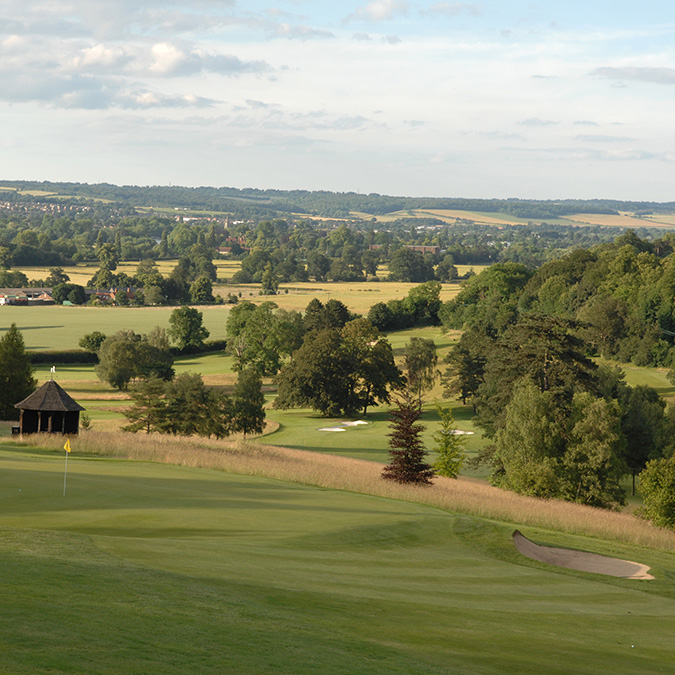
Drainage
Drainage on a golf course is crucial for managing water flow, preventing waterlogging and maintaining playable conditions. Systems like herringbone or slit drainage remove surface water efficiently, protecting turf health and ensuring consistency in fairways and greens. Without proper drainage, puddling can lead to root rot, disease and compacted soil, reducing turf quality and playability.
Regular maintenance, including clearing debris from drainage channels, checking pipe integrity, and addressing blockages, ensures systems remain effective. Insufficient upkeep can lead to costly repairs and extended course closures, highlighting the importance of proactive management to keep the course in optimal condition year-round.
Dry patch
Areas of turf, often on greens, that become extremely dry and resistant to water. These patches don’t absorb water properly, even when irrigated, leading to yellow or brown spots on the grass. Dry patches can affect ball roll and overall playability. They usually happen because of soil conditions that repel water, such as a build-up of organic material or compacted soil. Greenkeepers treat dry patches by using wetting agents and aeration to improve water absorption and restore the health of the affected areas, keeping the greens smooth and consistent.
Fungicide
A type of treatment used by greenkeepers to control or prevent fungal diseases on golf greens and fairways. Fungal diseases can cause problems like brown patches or uneven grass growth, affecting the quality of the playing surface. Fungicides work by targeting the fungi that cause these issues, helping to keep the grass healthy and the greens in good shape. While greenkeepers use fungicides carefully to avoid overuse and ensure environmental safety, they are a key tool in maintaining the smooth, lush conditions that golfers enjoy.
Fusarium
Also known as Microdochium patch, this turf disease creates yellow-brown spots on golf greens, especially during cool, wet weather. These spots can grow and merge, leaving areas of the green looking damaged and less smooth. It affects grass commonly found on greens and is most active in autumn and winter but can appear anytime conditions are right. To manage it, greenkeepers work on improving drainage, reducing thatch and sometimes applying treatments that keep the greens smooth, healthy and ready for play.
French drainage
French drainage is a common system on golf courses, designed to manage excess water by directing it away from playing surfaces. It consists of trenches filled with gravel or stone, often with a perforated pipe at the base to enhance water flow. Covered with sand or soil, these drains collect surface and subsurface water, channeling it to a designated outlet.
French drains are typically installed in areas prone to waterlogging, such as fairways, greens or low-lying sections. Proper installation and maintenance, including debris removal and ensuring gravel permeability, are essential for the system’s efficiency and to maintain playable, healthy turf conditions.
Grey leaf spot
A turf disease that affects grass on golf courses, especially ryegrass. It causes small, grey or brown spots on the grass blades, which can spread and lead to thinning or dying patches of turf. This disease is most common in warm, humid weather and can weaken the grass, making it less smooth and even for play. If left untreated, grey leaf spot can severely damage large areas of the course. Greenkeepers manage it by improving air circulation, adjusting watering practices and using fungicides when needed.
Heathland
Courses built on naturally sandy, well-drained soils, often surrounded by heather, gorse and low shrubs. These courses typically feature undulating fairways, natural vegetation and open landscapes. The grass on heathland courses is usually fine, firm and fast and the layout often blends naturally into the environment. Greenkeepers on heathland courses focus on preserving this natural landscape by carefully managing the grass, promoting native plants and maintaining the sandy soil conditions. For golfers, heathland courses offer a scenic, natural and often challenging round.
Height of cut
Refers to how short the grass is mowed on the greens, fairways or rough. It’s an important factor because it affects how fast and smooth the ball rolls on the greens, as well as the overall playability of the course. Shorter grass usually means faster greens, but cutting too low can stress the grass and make it more vulnerable to disease and damage. Greenkeepers carefully adjust the height of cut based on the season, weather and course conditions to balance playability with keeping the grass healthy and strong.
Herringbone drainage
Herringbone drainage is a system used on golf courses to manage excess water, ensuring playable conditions and healthy turf. It consists of a central drainage pipe with smaller lateral pipes branching off at angles, resembling a fishbone pattern. This design efficiently collects surface water from large areas and channels it to a central outlet or drainage ditch.
On golf courses, herringbone drainage is often installed beneath fairways or greens to prevent waterlogging and promote faster recovery after rain. Its effectiveness depends on proper installation, including pipe depth, spacing, and backfilling with permeable materials like gravel, ensuring long-term functionality and turf health.
Hollow core
A greenkeeping practice where small plugs of soil and grass are removed from the greens to improve turf health. This process helps relieve soil compaction, allowing air, water and nutrients to reach the grass roots more easily. By pulling out these small cores, it also helps reduce thatch build-up and promotes better drainage. Though it may leave temporary holes and affect putting for a short time, hollow tining is essential for keeping the greens healthy, firm and playable in the long term. It encourages stronger root growth and a more resilient playing surface.
Integrated turf management
A comprehensive approach used by greenkeepers to maintain healthy golf course turf. It involves balancing different strategies like mowing, watering, fertilising, aerating and pest control to create optimal playing conditions. Rather than relying on one method, ITM combines these practices in a way that promotes strong grass, minimises disease and reduces the need for chemicals like fungicides or pesticides. The goal is to maintain healthy, resilient turf while being as environmentally friendly as possible.
Irrigation
The system and process of watering the course to keep the grass healthy. Greenkeepers use sprinklers, hoses or drip systems to ensure the greens, fairways and rough get the right amount of water. Proper irrigation is crucial for maintaining consistent turf, especially during dry periods or hot weather. Too much or too little water can harm the grass, affecting playability and the course’s appearance. Greenkeepers carefully manage irrigation to balance moisture levels, ensuring the course remains firm, healthy and enjoyable for golfers year-round.
Leaf spot
A common turf disease that affects golf greens, particularly in mild, wet weather. It causes small, dark spots on the grass blades, which can spread and lead to yellowing or thinning of the turf. If left untreated, it can weaken the grass, affecting the smoothness and quality of the greens. Leaf spot often targets stressed grass, especially during periods of rapid growth or when nutrients are imbalanced. Greenkeepers manage leaf spot by improving air circulation, adjusting water and fertilisation practices and applying fungicides when necessary.
Links
A type of course typically located along coastal areas, featuring sandy soil, natural dunes and minimal trees. The terrain is often undulating with firm, fast fairways and greens that are shaped by the natural landscape. Links courses are exposed to the elements with wind playing a big role in the challenge.
Greenkeeping on a links course focuses on maintaining the rugged, natural environment, using minimal irrigation since the sandy soil drains quickly. For golfers, playing on a links course means adapting to fast conditions, uneven lies and the unpredictable influence of weather.
Despite the important role they have played in the history of the game, just 10% of courses in the UK are links in nature.
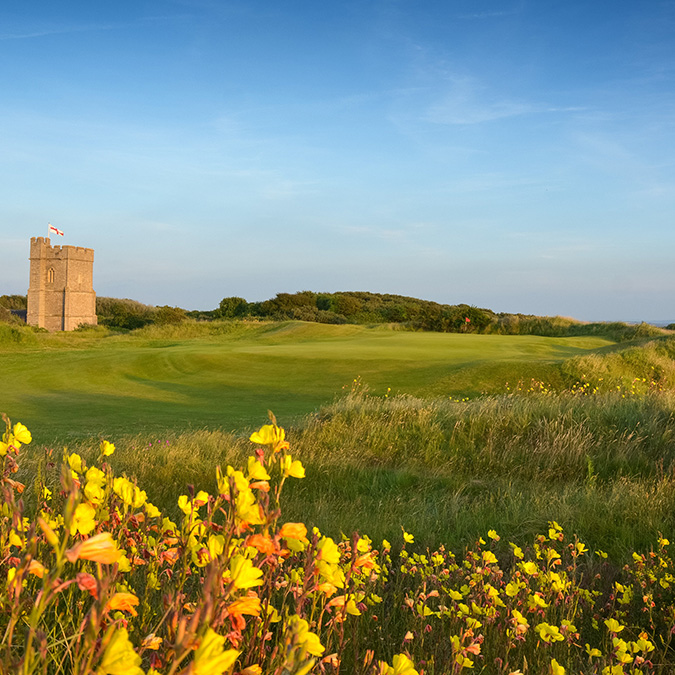
Meadowgrass
Commonly known as annual meadowgrass or Poa annua, this grass often grows naturally on golf courses, especially in cooler, wetter climates. While it can create a smooth playing surface, it is considered less desirable by many greenkeepers because it tends to produce seeds frequently, which can disrupt putting surfaces, and it doesn’t handle heat or drought well. Meadowgrass also requires more maintenance, such as extra watering and fertilising. Greenkeepers often work to manage or control it in favour of more resilient grass types, but on many courses it is a significant part of the turf mix.
Millimetres
When describing rainfall levels, ‘mm’ stands for millimetres, a unit of measurement that shows how much rain has fallen. It represents the depth of rain that would cover a flat surface. This is useful for greenkeepers because it helps them understand how much moisture the golf course has received. Rainfall measured in mm helps determine if additional watering is needed or if the soil is too wet, affecting course conditions like firmness and drainage, which directly impacts playability.
Parkland
Parkland golf courses feature lush, tree-lined fairways, manicured greens and rolling terrain, often with water hazards. These courses demand intensive maintenance due to their heavily landscaped nature.
Greenkeepers face challenges like tree maintenance, including pruning to manage shade, airflow, and root encroachment, which can impact turf health. Seasonal leaf clearance is essential to prevent suffocation of grass and ensure playability. The soft, well-watered turf requires careful mowing, irrigation, and pest management to maintain consistent conditions. Additionally, drainage management is crucial to prevent waterlogging, particularly in wetter months, ensuring the course remains playable year-round and visually appealing.
Around 70% of golf courses in the UK are parkland in nature.
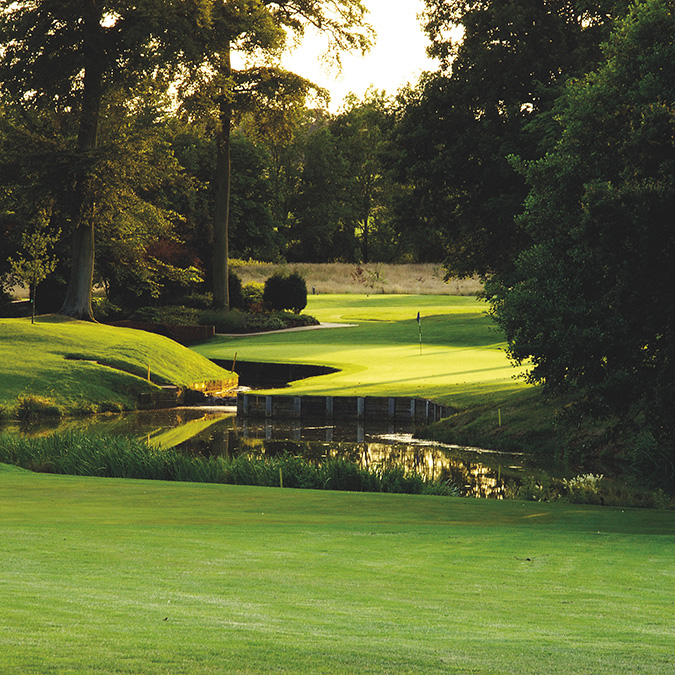
Pesticides
Products used to control pests that can damage the grass, such as insects, weeds and diseases. These pests can harm the turf, making the greens, fairways and rough less playable and less attractive. Pesticides help protect the health of the grass by eliminating or reducing these threats. Greenkeepers use them carefully and only when needed to minimise their impact on the environment. By controlling pests, pesticides help maintain a smooth, high quality playing surface for golfers while also preserving the overall health of the course.
Rope drainage
Rope drainage is an innovative system used on golf courses to manage water in areas with persistent drainage issues, such as greens or compacted soils. It involves inserting absorbent synthetic ropes into narrow slits in the ground. These ropes wick water from the surface and upper soil layers, directing it into subsurface drainage pipes or gravel trenches.
Rope drainage is less disruptive to turf compared to traditional methods, making it ideal for sensitive or high-traffic areas. Regular maintenance, including ensuring proper rope positioning and slit integrity, is crucial to maintain efficiency, improve turf health and keep the course playable year-round.
Secondary drainage
Secondary drainage on a golf course refers to supplementary systems designed to enhance water removal and support the primary drainage network. These systems typically include narrow slits or trenches filled with gravel and sand that intersect the surface and connect to the primary drainage pipes.
Secondary drainage is often installed in problem areas like waterlogged fairways or greens where primary systems alone are insufficient. It improves surface water runoff, prevents pooling and promotes faster recovery after rainfall. Regular maintenance, such as clearing debris and ensuring sand remains permeable, is essential to keep secondary drainage functioning effectively and preserving turf health.
Sustainability
Managing the golf course in a way that protects the environment while maintaining high quality playing conditions. This involves using resources like water, fertilisers and energy efficiently to reduce waste and minimise harm to nature. Greenkeepers aim to keep the grass healthy with fewer chemicals, promote biodiversity by protecting wildlife habitats and conserve water through smart irrigation practices. The goal is to create a course that not only plays well but also preserves the land for future generations, balancing great golf experiences with responsible environmental stewardship.
Switching (dew removal)
Switching a golf green involves using a switch or brush to remove dew, an essential practice for maintaining turf health and playability.
Dew creates a moist surface that encourages the growth of fungal diseases, such as dollar spot or fusarium patch, which can damage turf. By removing dew early, greenkeepers reduce the risk of disease development and ensure a drier, firmer playing surface. Switching also improves ball roll consistency, as moisture can slow or alter the ball’s path.
This simple yet effective method promotes healthier grass, reduces the need for chemical treatments, and helps maintain optimal conditions on the green.
Thatch
A layer of dead grass, roots and other organic material that builds up between the soil and the grass blades on a golf green. A small amount of thatch is normal and even beneficial, but when it becomes too thick, it can create problems. Thatch acts like a sponge, holding water and preventing it from reaching the roots. This can lead to poor drainage, soft or spongy greens and increased risk of disease like fusarium. Greenkeepers manage thatch by aerating and topdressing to break it up, helping maintain firm, healthy greens for better playability.
Topdressing
Involves spreading a thin layer of sand or soil mix over the greens to improve the playing surface. Topdressing helps smooth out any small bumps or imperfections, making the greens more even for a consistent ball roll. Topdressing also promotes healthy grass by reducing thatch build-up, improving drainage and encouraging deeper root growth. It’s often done after aeration or overseeding to fill in holes and support new grass growth. Although it may temporarily affect putting, regular topdressing keeps the greens firm, smooth and healthy in the long run.
Wetting agents
Products used by greenkeepers to help water spread more evenly across the turf and soak into the soil more effectively. Sometimes, certain areas of a golf course, especially the greens, can become water -repellent or dry out unevenly. Wetting agents break down this water resistance, allowing water to penetrate the soil better and reach the grass roots. This helps prevent dry spots, reduces waste water and promotes healthier, more consistent turf.
This page is a work in progress and we'll continue populating it as we tackle the various topics relating to golf course maintenance. If you have ideas of topics you would like us to discuss, please get in touch.

Karl Hansell
Head of Communications, BIGGA
[email protected]
+44 (0) 7586 589 369
#BTME2025
X: @BIGGALtd
Instagram: @BIGGA_HQ
A major part of BIGGA’s mission is to help inform golfers about the work that goes into the preparation of their course.
By educating golfers and those interested in the golf industry, we hope to gain a greater appreciation for the hard work of greenkeeping teams and the challenges they face.
Your Course is a twice-yearly magazine intended to be read by golfers and features a number of in-depth features and discussion pieces that explain various aspects of golf course management, and what it takes to be a successful greenkeeper.
Copies of the magazine have been distributed to every golf club in the country thanks to support from our media partners at Sports Publications, which produces National Club Golfer.
Click on the cover image below to download a digital version of the magazine from the Resources Library or on the individual features.
